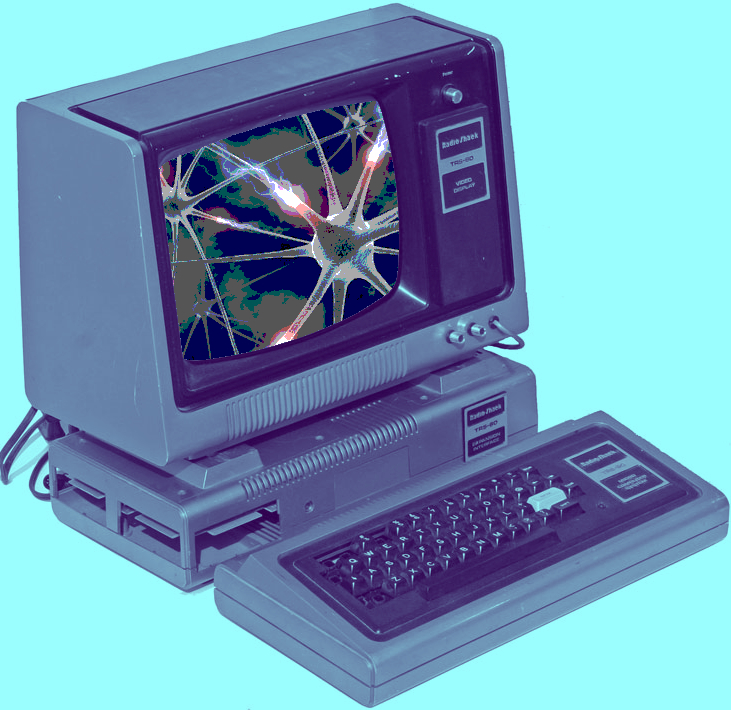Acoustic boost for network speed
 Engineers are working on a technique to use acoustic noise to improve computer networks.
Engineers are working on a technique to use acoustic noise to improve computer networks.
Increased traffic in global computer networks has created slowdowns, especially at the junctions where data jumps on or off the system.
Local and access networks especially, such as financial trading systems, city-wide mobile phone networks and cloud computing warehouses, are therefore not as fast as they could be.
This is because increasingly complex digital signal processing and laser-based ‘local oscillator’ systems are needed to unpack the photonic, or optical, information and transfer it into the electronic information that computers can process.
Now, scientists at the University of Sydney have for the first time developed a chip-based information recovery technique that eliminates the need for a separate laser-based local oscillator and complex digital signal processing system.
“Our technique uses the interaction of photons and acoustic waves to enable an increase in signal capacity and therefore speed,” said Dr Elias Giacoumidis, joint lead author of a new study.
“This allows for the successful extraction and regeneration of the signal for electronic processing at very-high speed.”
The incoming photonic signal is processed in a filter on a chip made from a glass known as chalcogenide.
This material has acoustic properties that allows a photonic pulse to ‘capture’ the incoming information and transport it on the chip to be processed into electronic information.
This removes the need for complicated laser oscillators and complex digital signal processing.
“This will increase processing speed by microseconds, reducing latency or what is referred to as ‘lag’ in the gaming community,” said the university’s Dr Amol Choudhary.
“While this doesn’t sound a lot, it will make a huge difference in high-speed services, such as the financial sector and emerging e-health applications.”
The photonic-acoustic interaction harnesses what is known as stimulated Brillouin scattering, a effect used by the Sydney team to develop photonic chips for information processing.
“Our demonstration device using stimulated Brillouin scattering has produced a record-breaking narrowband of about 265 megahertz bandwidth for carrier signal extraction and regeneration,” Dr Choudhary said.
“This narrow bandwidth increases the overall spectral efficiency and therefore overall capacity of the system.”
Group research leader Professor Ben Eggleton, said: “The fact that this system is lower in complexity and includes extraction speedup means it has huge potential benefit in a wide range of local and access systems such as metropolitan 5G networks, financial trading, cloud computing and the Internet-of-Things.”
The study is published in Optica.







 Print
Print